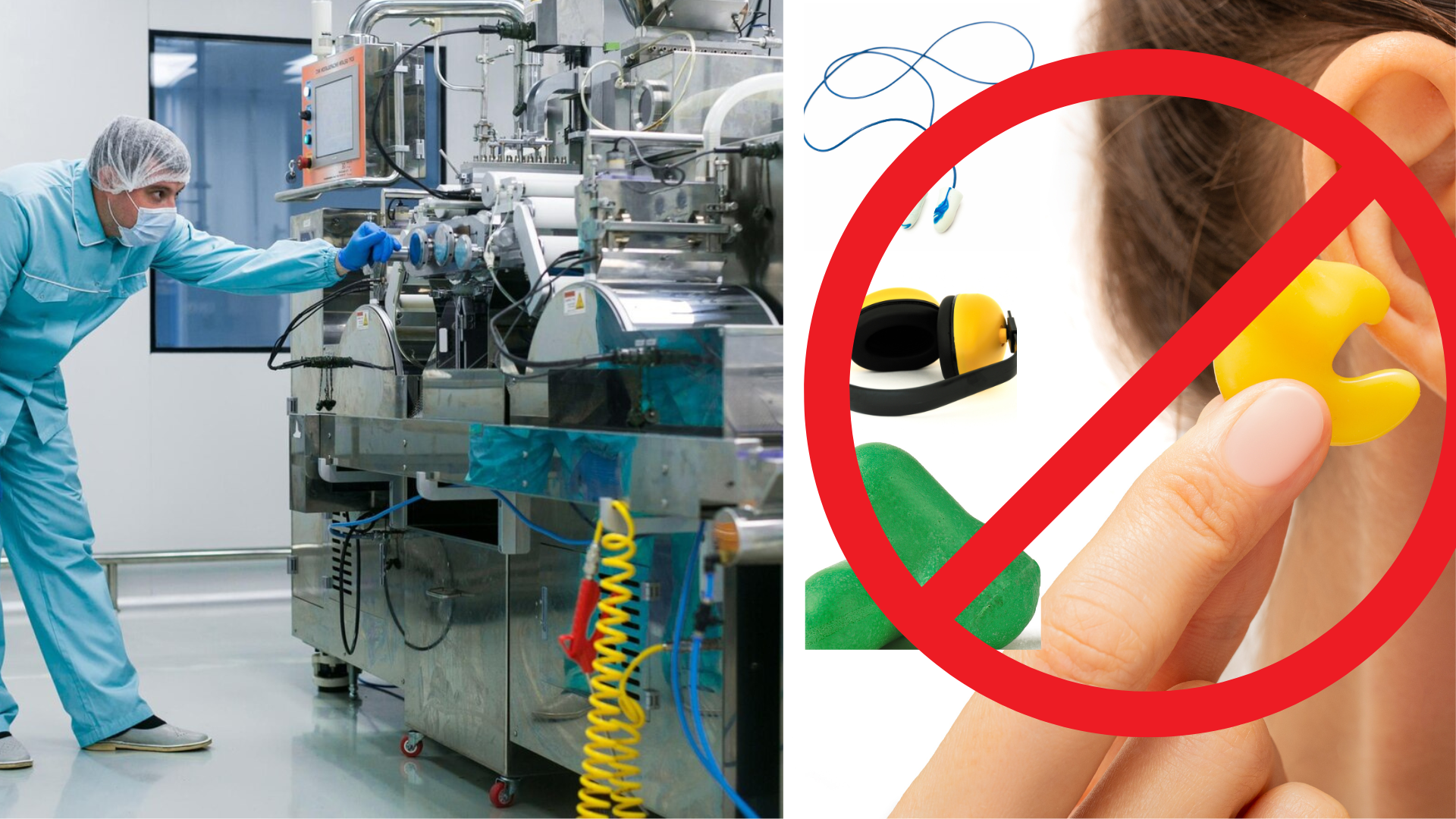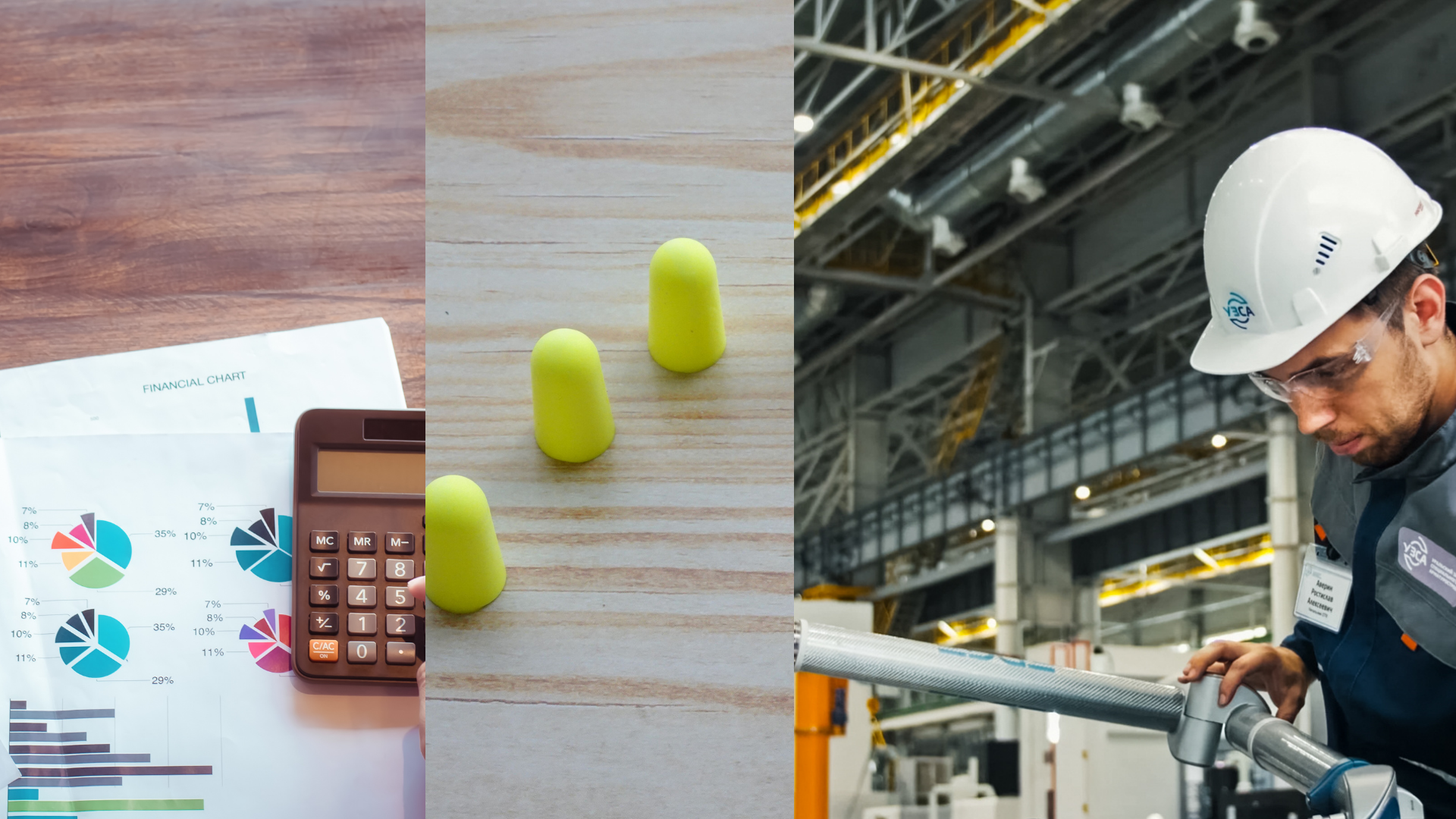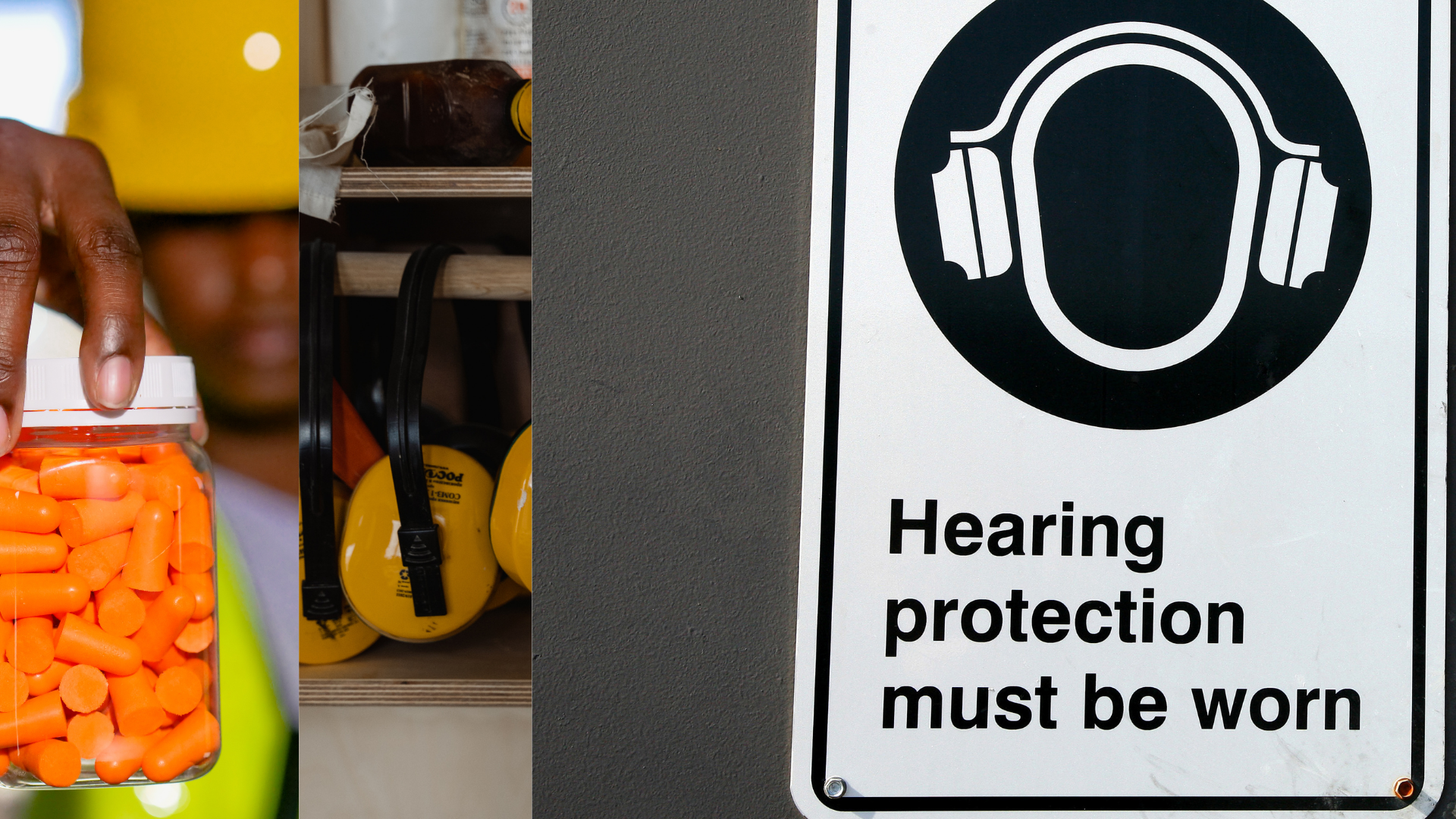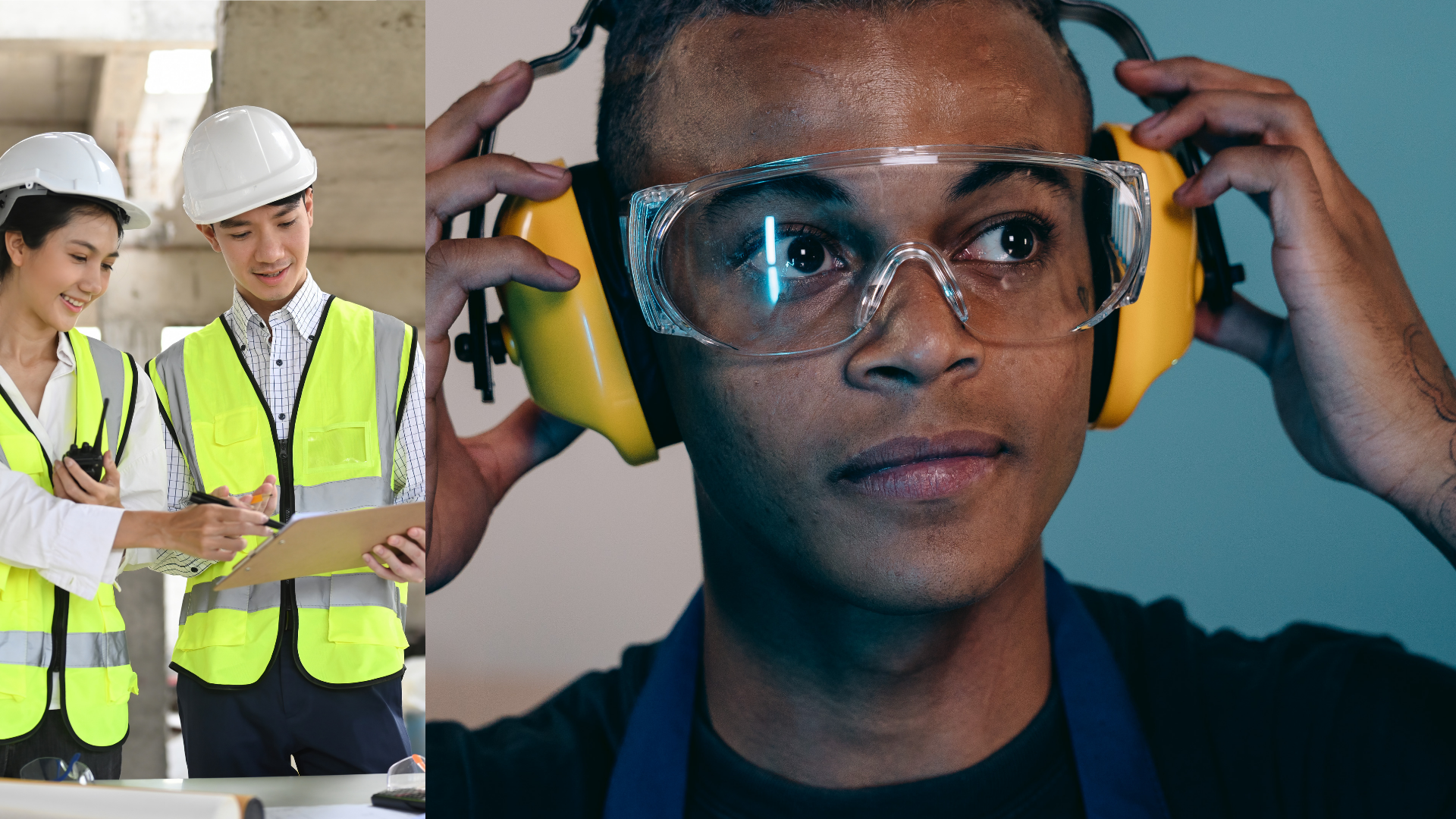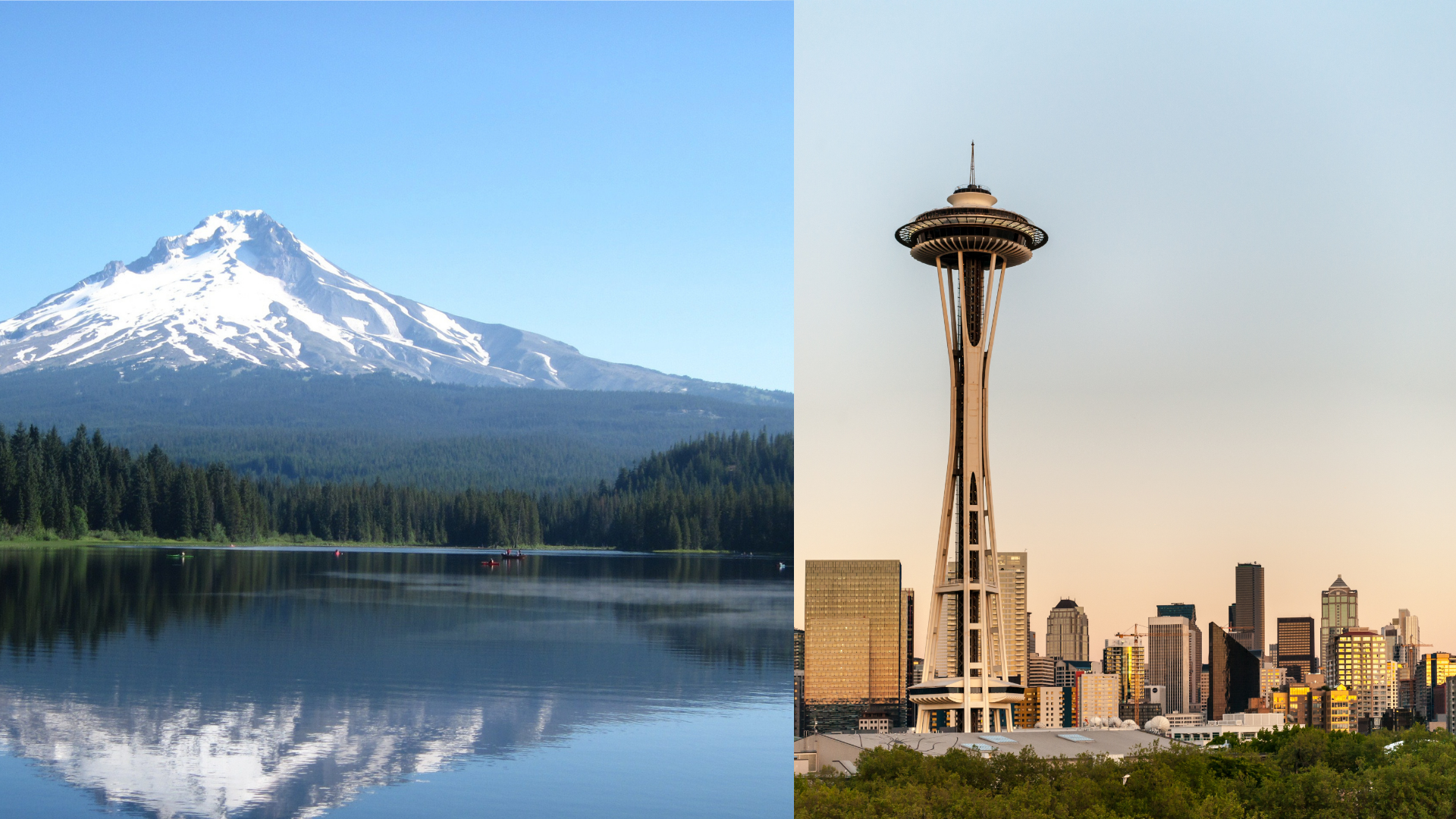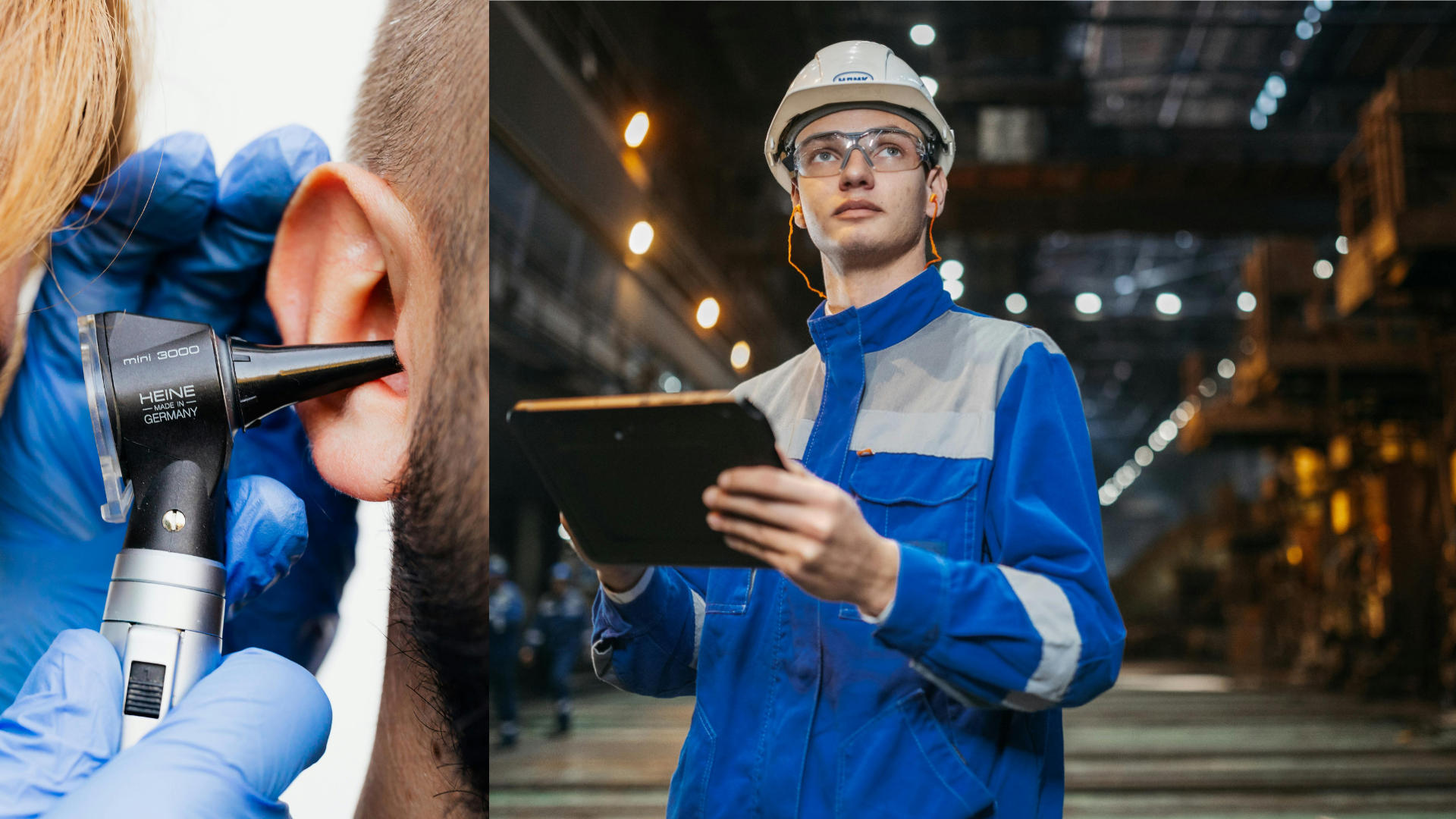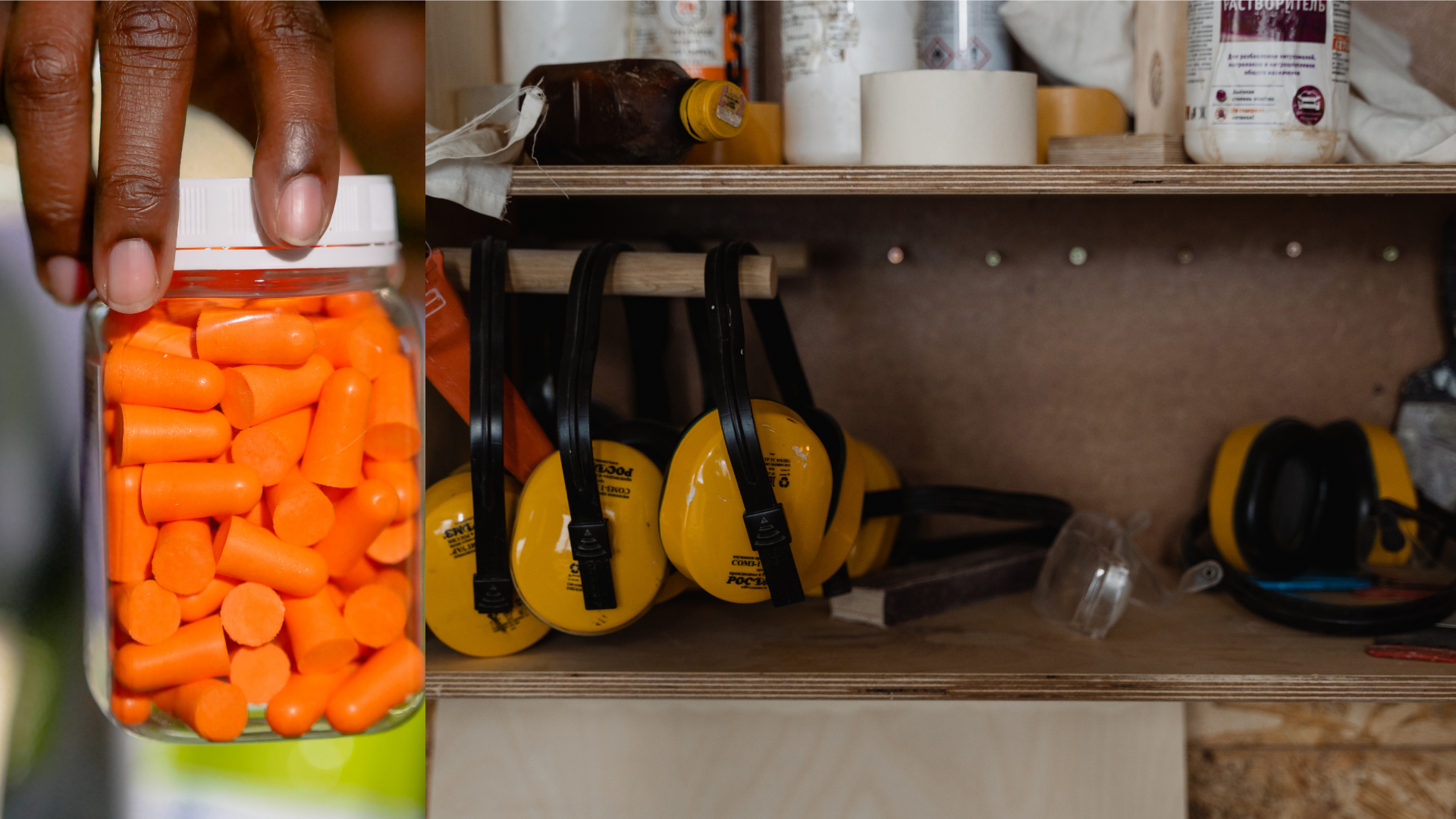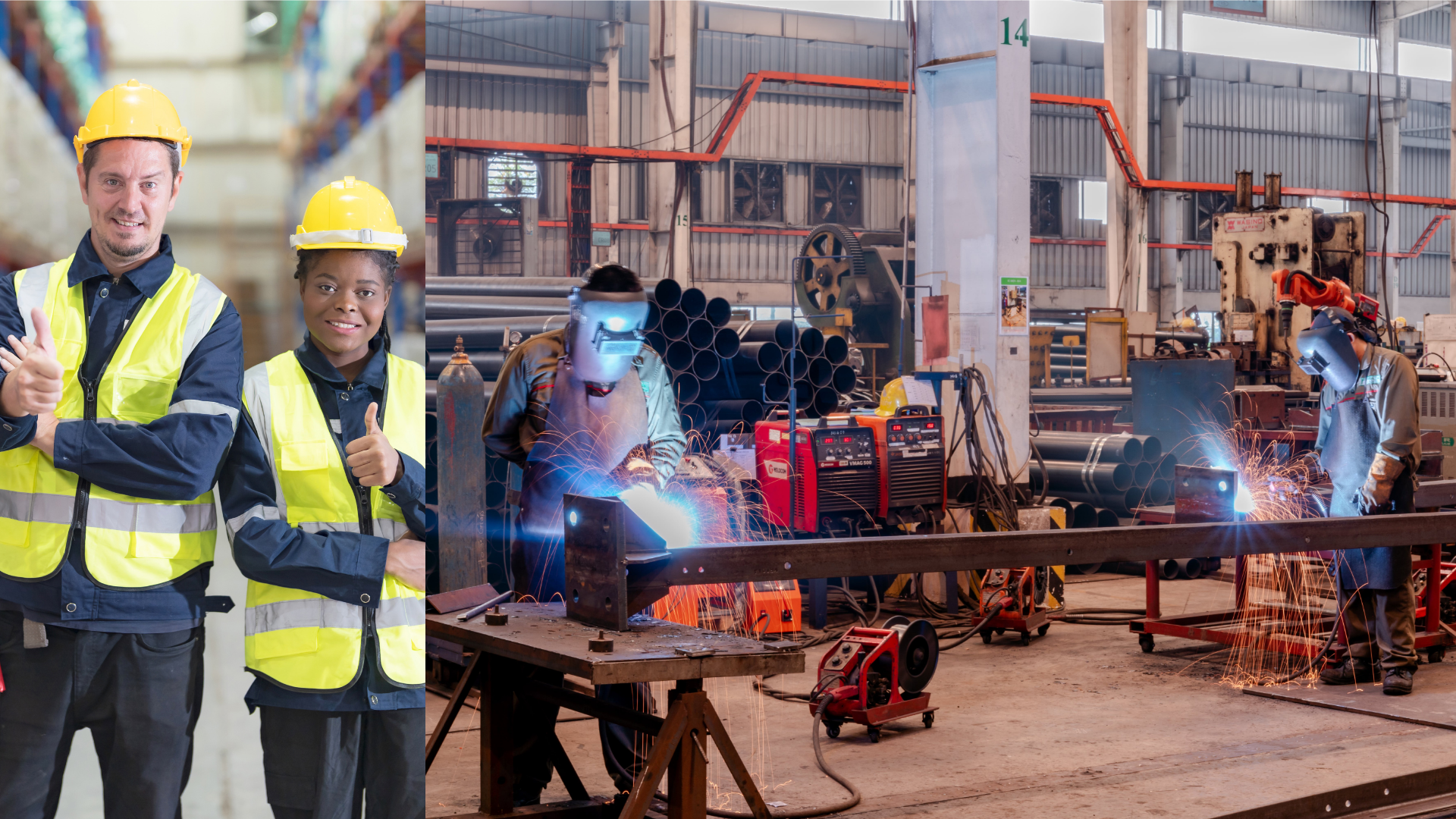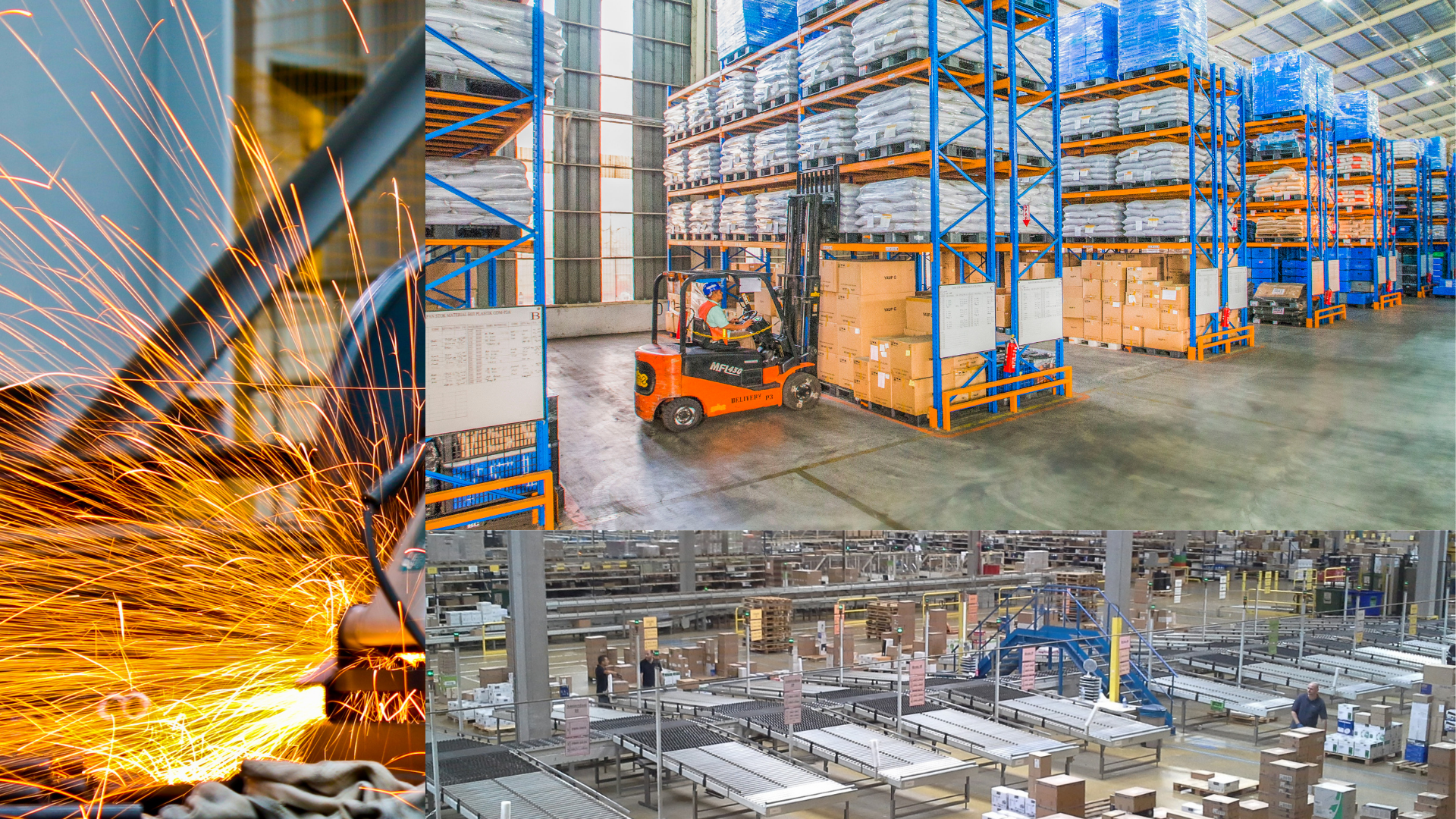Choosing The Right Industrial Hearing Protection For Your Workplace
One of the most common work-related illnesses in the U.S. is hearing loss. It results in around $242 million being spent annually on workers’ compensation payments. As protection of workers hearing is a prominent health issue, employers and managers are therefore urged to prioritize the protection of workers’ hearing in noisy work environments.
Your Responsibilities under US Law
The Occupational Safety and Health Administration (OSHA) has the job of deciding how much noise workers are permitted to be exposed to in an 8-hour day. The allowed limit is 90 decibels (dBA) for 8 hours. This might not seem very urgent, but the risk of hearing loss rises exponentially with each decibel higher the noise level grows.
For instance, if the noise level in your workplace rises to 92 dBA, then the worker can only be exposed for half the amount of time, just 4 hours. To understand the levels of noise we’re dealing with here, a heavy goods vehicle can go up to 90dbA, while an average factory floor can go up to 100dBA.
From this, we can see that employers must be acutely aware of the noise level in their work environments, as the urgency of the danger from hearing loss can soar with the addition of just a few decibels.
Reduce exposure before protection
Before considering hearing protection, the first place employers should think about is finding ways to reduce noise before it gets to the worker’s ears. This can be done via engineering considerations such as sound barriers and noise dampening materials. Another method is to make administrative changes to help your workers avoid noise. You could reduce the amount of time an employee is working next to the source of the noise, or even remove them completely from the area. You could also provide quiet rooms where employees can take noise breaks and give their hearing a break.
How to choose the right hearing protection for your workers?
Once you have maximized all avenues to reducing the source of the noise and you still observe excessive levels, it’s time to consider hearing protection for your workers. Unfortunately, its not as simple as going to the drug store and fitting your workers with the first pair off the shelf. You need to consider if the protection is protective enough.
You must first measure the maximum level of the noise your workers are exposed to. Once you have figured this out, you can calculate the expected noise reduction of the hearing protection you are considering, to see whether it provides enough protection for your workers.
First, use this formula to figure out the level of hearing protection of the protective device you are considering:
(hearing protection’s NRR rating – 7) / 2
You can then take the result of this and minus it from your workplace’s average noise level in dBA. This is the ‘noise exposure level’ that your employee is subject to while wearing the hearing protection you provide. To stay within the law, we want this level to be at 90dBA or below.
Here’s an example of how the formula works: if your workers are subject to 100 dB of noise and you choose hearing protection at a NRR of 27, the ‘noise exposure level’ is assessed by subtracting 7 from the NRR value and dividing the result by 2, like so:
(27 – 7) / 2 = 10 dBA
You then take this result and minus it from the average noise level:
100 dBA – 10 dBA = 90 dBA
The noise exposure in this scenario is just within the OSHA limit of 90dBA.
The types of hearing protection we provide
We’re proud to a wide range of hearing protection devices to suit the needs of your employees. As we are aware of the dangers of hearing loss for your employees, we only provide the best hearing protection on the market.
Earplugs : There are types of earplugs, including, foam tips, headband-style plugs and corded reusable earplugs. Some models provide hearing protection up to 32NRR.
Earmuffs : We offer earmuffs at three difference price points to make it easier for you to provide for your employees’ needs. Our most advanced pair are the Ultra Muff, which can protect workers up to 29NRR.
Custom hearing protection: We also offer custom industrial hearing protection for those who are looking for the most comfortable fit. They are preferred by those whose work is very active, as well as those who also like to use them for recreational sports.
The post Choosing The Right Industrial Hearing Protection For Your Workplace appeared first on Anadyne.


